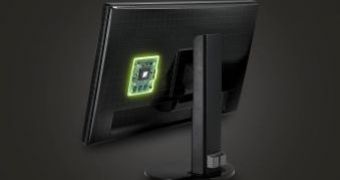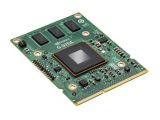Monitors have gotten really good at avoiding flickering, screen tearing, lag and other graphics glitches, but there can still be problems, so NVDIA set about solving them the best way it knew how.
NVIDIA started from the idea that image problems not related to hardware defects stem from the poor synchronization between the GPU and display.
Thus, the G-Sync technology was invented, which syncs the monitor refresh rate to the GPU render rate.
Thus, objects are sharper, scenes appear instantly, gameplay is smoother, etc.
The main change here is that displays would no longer have a fixed refresh rate. Even if you set 60 Hz, 75 Hz, 120 Hz or some other option in Windows, NVIDIA G-Sync should be able to override it.
"Our commitment to create a pure gaming experience led us to G-SYNC," said Jeff Fisher, senior vice president of the GeForce business unit at NVIDIA.
"This revolutionary technology eliminates artifacts that have long stood between gamers and the game. Once you play on a G-SYNC monitor, you'll never want to go back."
Previously, turning on V-SYNC (or Vertical-SYNC) was the only way to eliminate tearing, but it caused extra lag and stutter because the GPU and monitor still refreshed at different rates. G-Sync will overcome this tradeoff.
Monitors will have to be designed with support for the technology though. It won't work on just any display. In fact, monitors will need to include a G-Sync module NVIDIA designed. Said module communicated with hardware and software incorporated into Kepler-based GPUs. Go here for the full list of GPUs that support NVIDIA G-Sync.
"NVIDIA's G-SYNC technology is a truly innovative solution to an ancient legacy restriction with computer graphics, and it enables one to finally see perfect tear-free pictures with the absolute lowest latency possible. The resulting output really allows your mind to interpret and see it as a true continuous moving picture which looks and feels fantastic. It's something that has to be seen to be believed," said Johan Andersson, technical director, DICE.
Fun fact: DICE are the ones that helped AMD develop the Mantle API, but they are endorsing NVIDIA's invention too. Never a dull moment.

 14 DAY TRIAL //
14 DAY TRIAL // 
